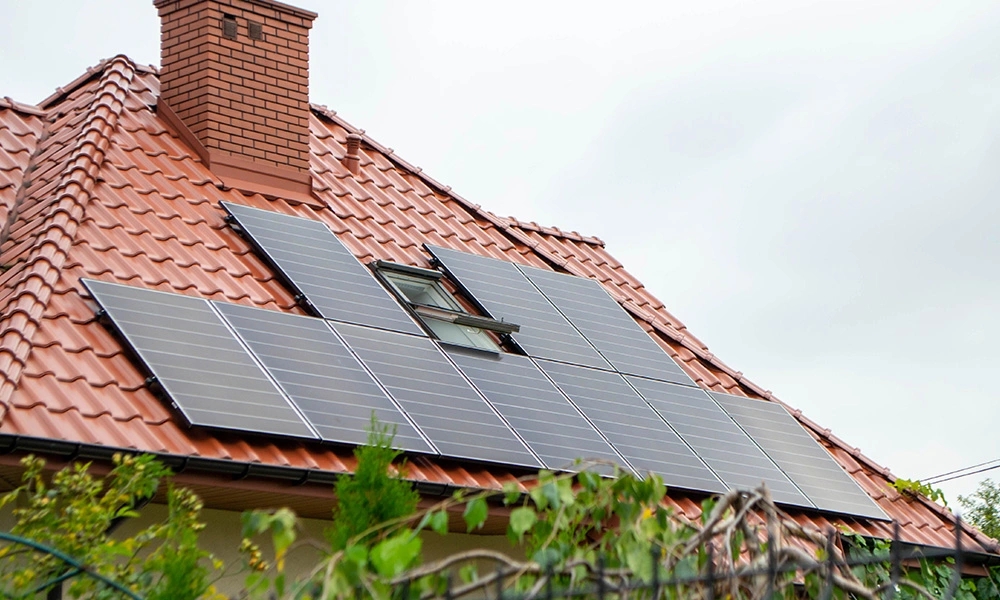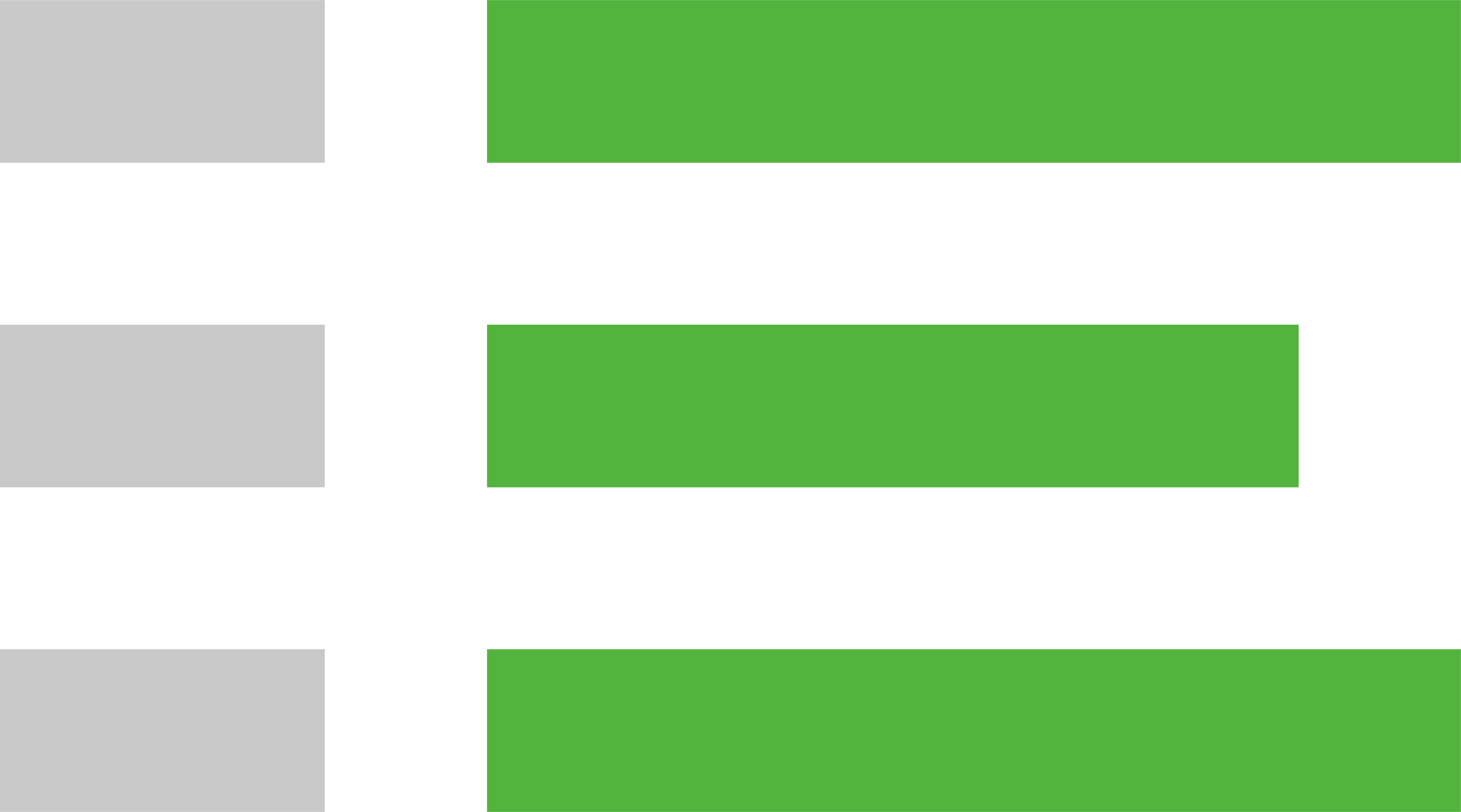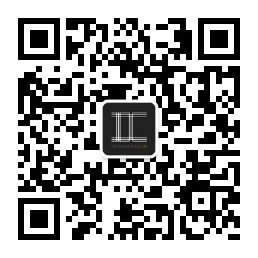- All
- Product Management
- News And Information
- Presentation
- Enterprise Branch
- FAQ
- Enterprise Video
- Enterprise Atlas
Integration Potential of Micro Inverters with Other Green Technologies
Release time:
2024-05-31 00:00

1. Technical Compatibility
-
• Hybrid Systems: Micro inverters can be integrated into hybrid systems that combine solar and wind energy. These systems can use the same inverter technology to convert DC power from both solar panels and wind turbines to AC power.
-
• DC Input Range: Micro inverters that support a wide range of DC inputs can be used with both solar panels and small wind turbines, making them versatile components in mixed renewable energy systems.
2. Energy Management and Efficiency
-
• Optimal Power Generation: By combining solar and wind energy, systems can maximize power generation. Solar power is typically more available during the day, while wind energy can be harnessed both day and night, providing a more consistent energy supply.
-
• MPPT (Maximum Power Point Tracking): Advanced micro inverters with MPPT can optimize energy conversion from both solar panels and wind turbines, ensuring maximum efficiency and output from the hybrid system.
3. Grid Stability and Reliability
-
• Distributed Energy Resources (DER): Integrating micro inverters with solar and wind energy contributes to distributed energy resources, which enhance grid stability and reliability by providing multiple power sources.
-
• Load Balancing: These integrated systems can help balance loads more effectively, reducing the strain on the grid during peak demand times by providing supplementary power from renewable sources.
4. Economic Benefits
-
• Cost Savings: Using micro inverters in a hybrid system can lead to cost savings by optimizing the use of available renewable energy sources, reducing dependence on the grid, and lowering energy bills.
-
• Increased Revenue: Users can sell excess power generated from both solar and wind sources back to the grid, increasing revenue and improving the return on investment for the hybrid system.
5. Scalability and Flexibility
-
• Modular Design: Micro inverters are inherently modular, allowing easy scalability of the system. Additional solar panels or wind turbines can be added as needed without significant changes to the existing setup.
-
• Flexible Deployment: These systems can be deployed in various locations, including residential, commercial, and remote areas, offering flexibility in meeting diverse energy needs.
6. Environmental Impact
-
• Reduced Carbon Footprint: Integrating micro inverters with both solar and wind energy contributes to a significant reduction in carbon emissions, promoting a cleaner and more sustainable energy future.
-
• Land Use Efficiency: Hybrid systems can optimize land use by combining solar panels and wind turbines on the same site, making efficient use of available space.
7. Policy and Incentives
-
• Government Support: Many governments offer incentives and subsidies for renewable energy projects that utilize multiple technologies. Understanding and leveraging these policies can enhance the financial viability of hybrid systems.
-
• Regulatory Compliance: Ensuring that the integrated system complies with local regulations and standards is essential for seamless grid connection and operation.
Conclusion
The integration potential of micro inverters with other green technologies, such as wind energy, is promising. These systems offer numerous technical, economic, and environmental benefits, making them an attractive option for enhancing renewable energy utilization. By leveraging the strengths of both solar and wind energy, integrated systems with micro inverters can provide reliable, efficient, and sustainable power solutions for various applications.
News












